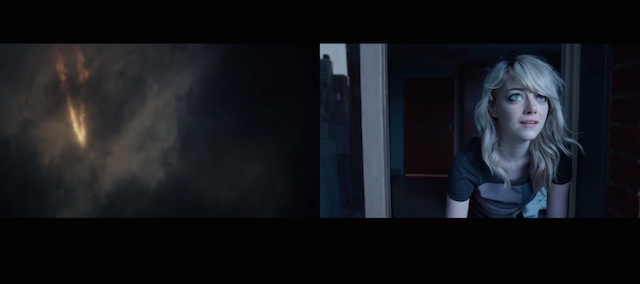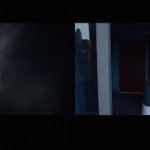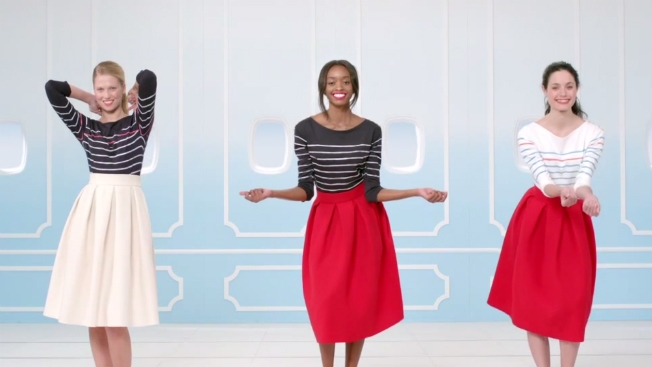A perfectly timed Friday news dump that went live after everyone had left their respective offices last week revealed that Wieden+Kennedy did not turn out to be the agency Weight Watchers needed to regain its self-confidence.
WW had been with McCann for more than seven years before moving its business to W+K without a review almost exactly one year ago. The change coincided with a big strategic shift for the client, which went from featuring celebrities like Jessica Simpson to exploring the psychology behind both the desire to snack and the challenges of maintaining one’s weight.
The agency’s first work, “If You’re Happy,” signaled that new direction:
“My Butt” made the psychological link even clearer:
Finally, the Super Bowl ad (which the client didn’t want to announce or tease before the Big Game) very specifically compared compulsive eating to drug addiction with the help of one Jesse Pinkman:
Most observers seemed to agree that this work was more memorable than past Weight Watchers campaigns, but that wasn’t good enough for the client.
The big factor here was money: in the last quarter of 2014, Weight Watchers posted its lowest revenue totals since 2010, and its valuation dipped to “its lowest point in history.”
It would seem that Americans, despite being fatter than ever, are no longer interested in using paid membership services to help manage their weight; they’re turning instead to free fitness apps and related “wearable” technologies. The fact that “half of the company’s revenue comes from meeting dues,” renders its model unsustainable.
The business must change or die, and — as noted in the Adweek post — its North American President Lesya Lysyj stepped down last month after joining Weight Watchers from Heineken in late 2013.
Regarding the agency/client relationship, Tom Blessington of W+K Portland writes:
“We are proud of the work we produced in the short time together.It was a great team and we wish them nothing but the best of luck.”
No word on when the company will announce Lysyj’s replacement, whether the creative review will affect Weight Watchers’ relationship with its other agencies (like digital AOR OgilvyOne), or whether future campaigns will continue to “focus on the real diet problems of real people.“






















































